Archives
- 2025-12
- 2025-11
- 2025-10
- 2025-09
- 2025-03
- 2025-02
- 2025-01
- 2024-12
- 2024-11
- 2024-10
- 2024-09
- 2024-08
- 2024-07
- 2024-06
- 2024-05
- 2024-04
- 2024-03
- 2024-02
- 2024-01
- 2023-12
- 2023-11
- 2023-10
- 2023-09
- 2023-08
- 2023-07
- 2023-06
- 2023-05
- 2023-04
- 2023-03
- 2023-02
- 2023-01
- 2022-12
- 2022-11
- 2022-10
- 2022-09
- 2022-08
- 2022-07
- 2022-06
- 2022-05
- 2022-04
- 2022-03
- 2022-02
- 2022-01
- 2021-12
- 2021-11
- 2021-10
- 2021-09
- 2021-08
- 2021-07
- 2021-06
- 2021-05
- 2021-04
- 2021-03
- 2021-02
- 2021-01
- 2020-12
- 2020-11
- 2020-10
- 2020-09
- 2020-08
- 2020-07
- 2020-06
- 2020-05
- 2020-04
- 2020-03
- 2020-02
- 2020-01
- 2019-12
- 2019-11
- 2019-10
- 2019-09
- 2019-08
- 2019-07
- 2019-06
- 2019-05
- 2019-04
- 2018-07
-
The evaluation of internal exposure in workers with
2021-05-06

The evaluation of internal exposure in workers with omethoate is challenging. Unfortunately, OPs are metabolized and excreted quickly in the urine usually within 24–48 h of exposure, and the variation in metabolic rates exists. Many factors influence daily urinary output, such as salt intake, urea a
-
Ultrasound is an acoustic wave with a frequency
2021-05-06
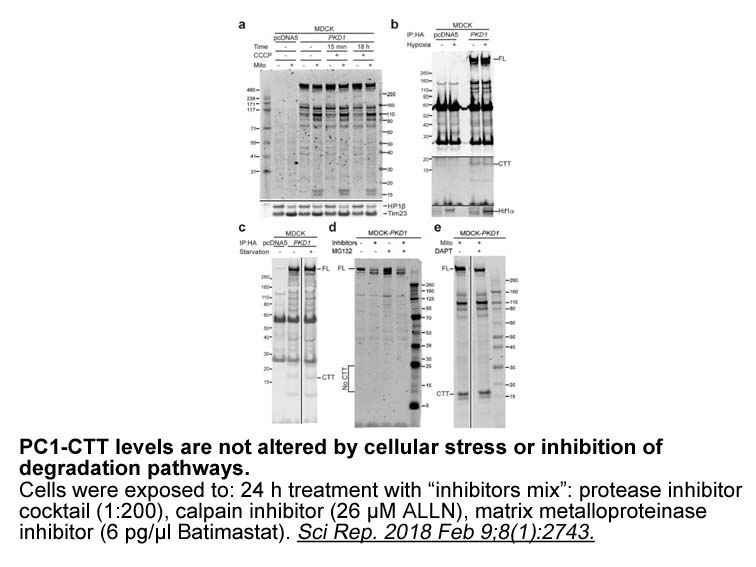
Ultrasound is an acoustic wave with a frequency >20 kHz that needs a medium to propagate [20]. Accompanied by the spread of an ultrasonic wave, a series of alternating cycles of compression and rarefaction emerge in the liquid medium. During the rarefaction cycle, microbubbles are formed because of
-
br Materials and methods br Result and discussion
2021-05-06
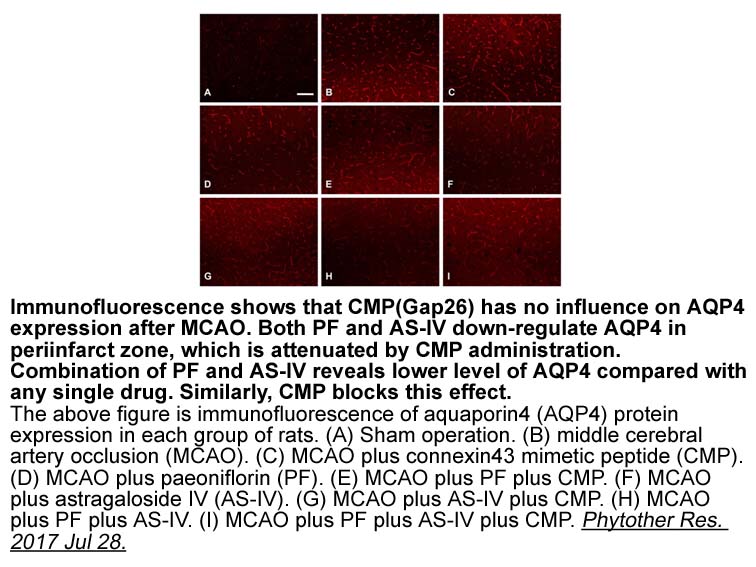
Materials and methods Result and discussion qRT-PCR was utilized to explore the effect of acetamizuril on the mRNA level of enolase. The results were analyzed according to the Livak 2−ΔΔCT method (Schmittgen and Livak, 2008): the mean CT of the enolase in treated and untreated samples was 29.8
-
Tubacin A previous pharmacokinetic study of curcumin in mice
2021-05-06
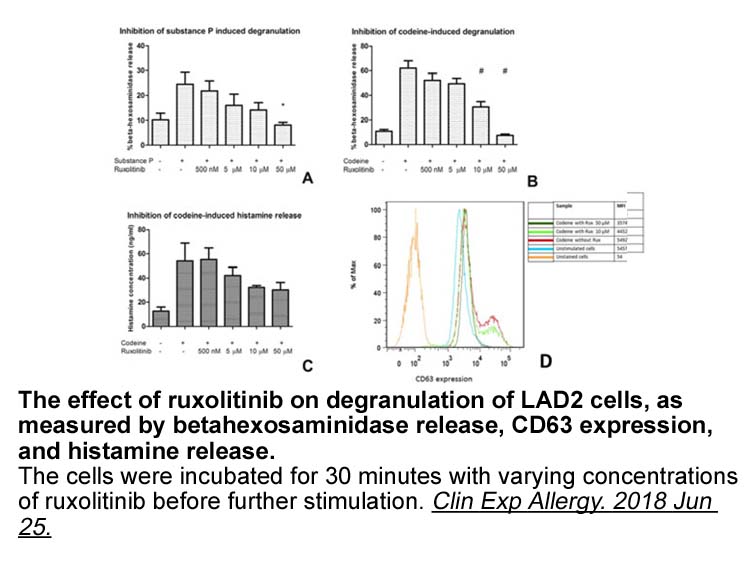
A previous pharmacokinetic study of curcumin in mice demonstrated that curcumin could not be detected in plasma after a single oral dose of 75 mg/kg of curcumin. After 4-months administration of 75 and 300 mg/kg of curcumin, plasma levels of curcumin and THC were 0.095 and 0.465 μM and 0.025 and 0.1
-
While a number of studies have
2021-05-06
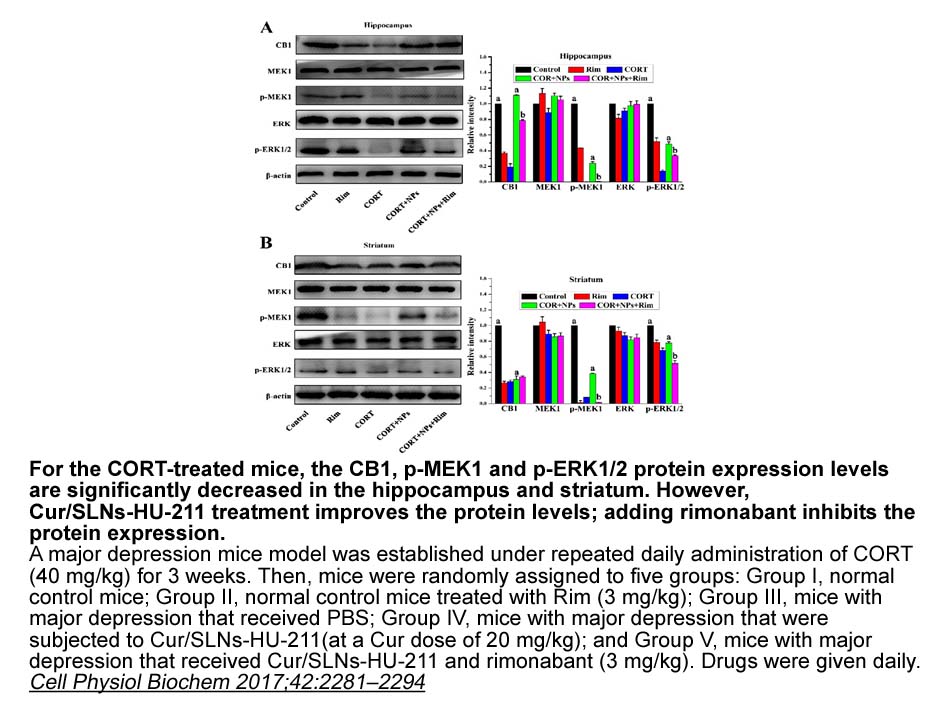
While a number of studies have helped elucidate the principles of target amino group specificity, UBL selectivity, and Ub 4E1RCat specificity [3], [4], [9], [10], [14], [19], [20], [23], [24], [33], [34], [37], [38], [39], [40], [41], the role of the canonical E2-RING interface in governing substra
-
The Nile tilapia Oreochromis niloticus
2021-05-06
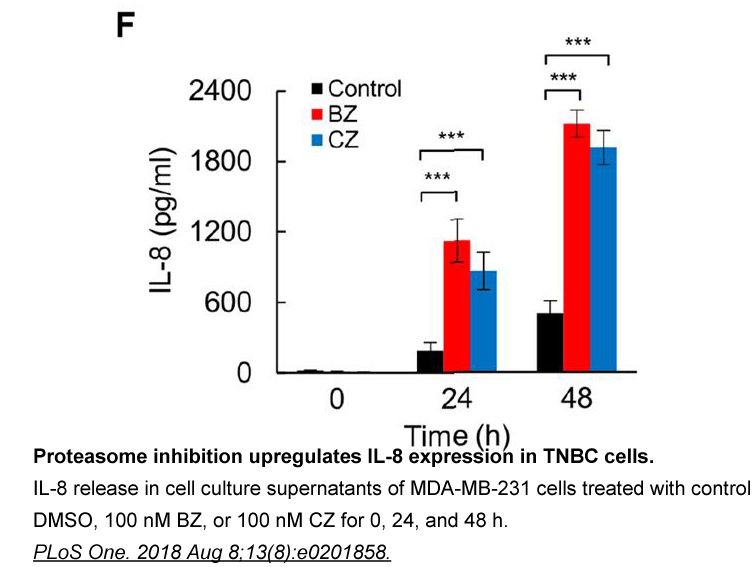
The Nile tilapia (Oreochromis niloticus) is an important farmed fish with an XX/XY sex-determining system. The availability of the whole genome sequence of tilapia and tissue transcriptomes (Brawand et al., 2014), together with its gonadal transcriptomes at different developmental stages (Tao et al.
-
br Materials and methods br Results br Discussion Although
2021-05-06
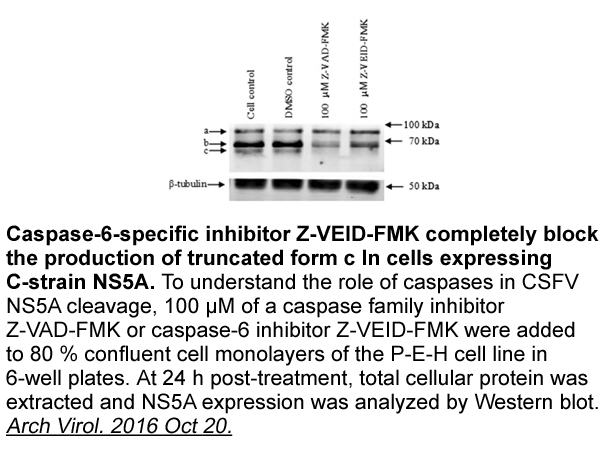
Materials and methods Results Discussion Although autophagy is known to be implicated in the therapeutic effect of DNA alkylating agents such as MNNG [28], [29], [30], the molecular mechanisms underlying autophagy induced by MNNG remain largely elusive. In this study, we present evidence sh
-
DGK deficiency caused a significant increase
2021-05-06
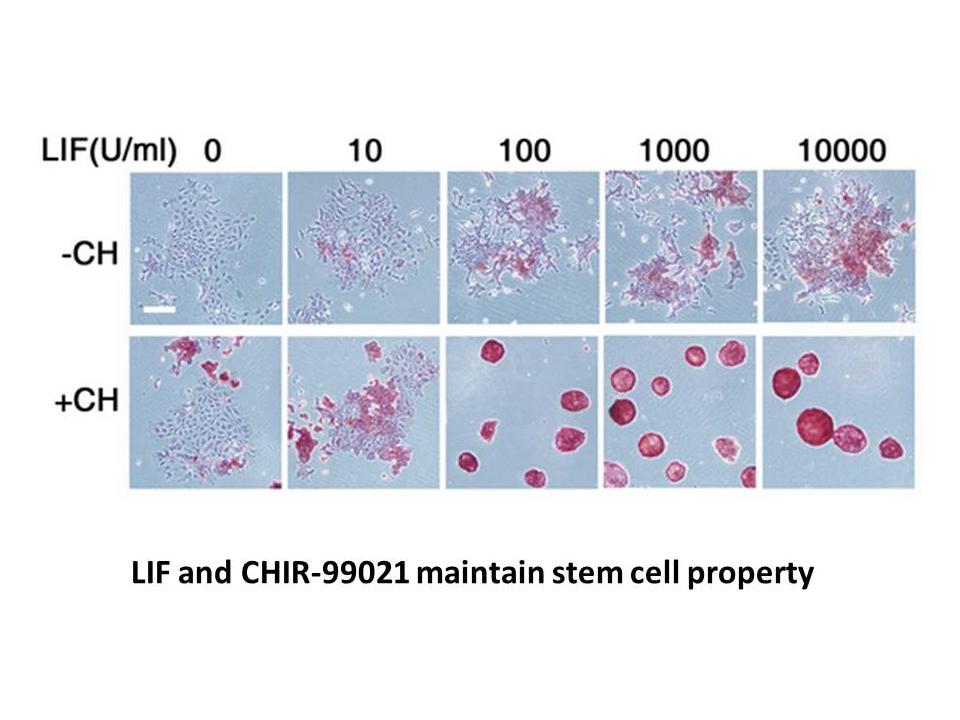
DGKδ deficiency caused a significant increase in the SERT protein level, but its mRNA level was not affected (Fig. 1). These results suggest that SERT protein stability is directly reduced by interaction with the DGKδ protein. In contrast, DGKδ deficiency regulated both TPH-2 and MAO-A protein and m
-
Next the BE obtained for the different complexes were evalua
2021-05-06
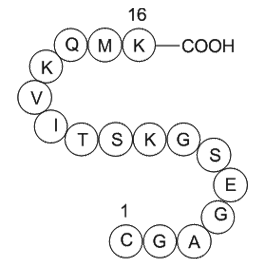
Next, the BE obtained for the different complexes were evaluated. From the BE obtained from our MD simulations, a very good binder can be differentiated from a very weak binder (−11.85 kcal/mol for MTX vs. −6.74 and −3.61 kcal/mol for compounds 14b and 15c, respectively) but ligands with similar bin
-
Previous studies from our lab looked at the effect
2021-05-06

Previous studies from our lab looked at the effect of interfering with crossover helix interactions in TS-DHFR. One study utilized peptide mimetics of the crossover helix to inhibit wild-type TS-DHFR noncompetitively, and with an IC of 230 μM. A second study used a virtual screening approach to iden
-
That DGAT mediated hepatic steatosis did
2021-05-06
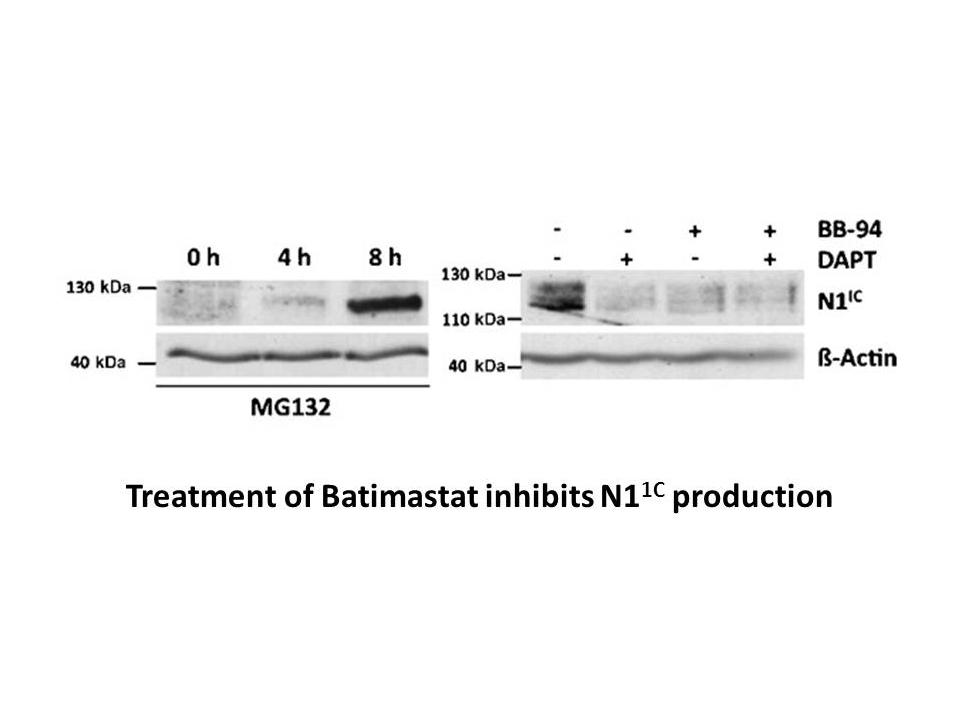
That DGAT-mediated hepatic steatosis did not lead to insulin resistance was clearly demonstrated in Liv-DGAT2-low mice by their normal blood glucose and plasma insulin levels, normal glucose and insulin tolerance, normal insulin sensitivity by hyperinsulinemic-euglycemic clamp studies, and normal he
-
Aripiprazole mg Allele specific methylation has been observe
2021-05-05
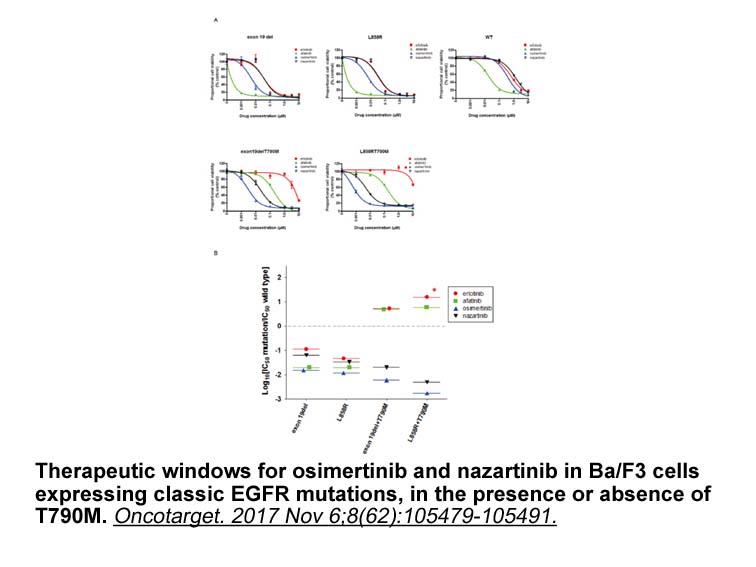
Allele-specific methylation has been observed in CpG islands of imprinted genes.27, 32 In the present study, however, methylation of CpG1 was specific to ALL Aripiprazole mg and occurred in the leukemia cells of 28% of children with ALL, but it was not found in normal leukocytes from the same patie
-
Next our exploration shifted to modifications at
2021-05-05
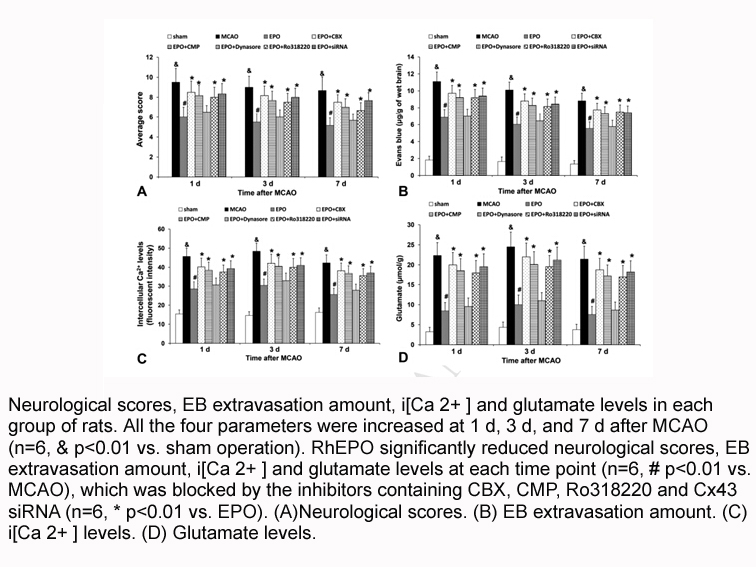
Next, our exploration shifted to modifications at the lateral chain of the benzoquinone nucleus (SAR 2). Considering that the CK2 inhibitory activity is favoured by the presence of the -Ph-4-NO2 (SAR 1), the subsequent analogues were investigated with this moiety retained. The influence of the side
-
In contrast to drospirenone dydrogestrone acts rather neutra
2021-05-05
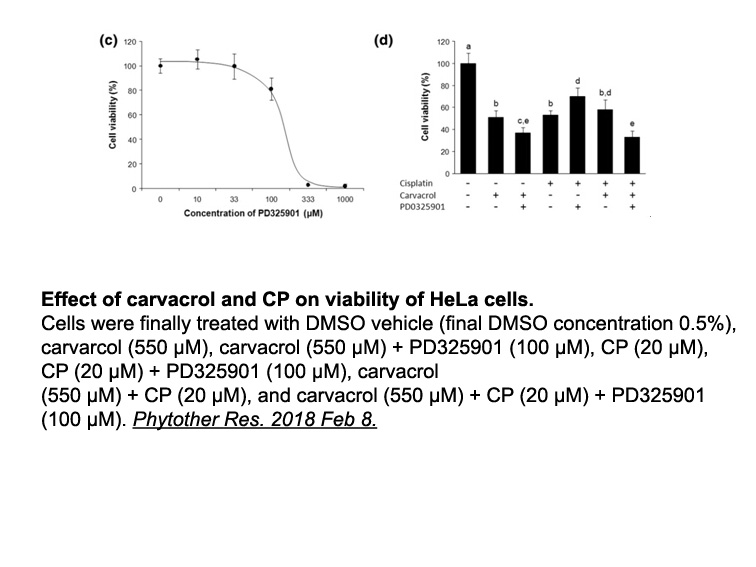
In Hyperoside mg to drospirenone dydrogestrone acts rather neutral at the aldosterone-, glucocorticoid- and androgen-receptor [12]. This indicates that the assessment of a ‘net-overall effect’ on the vascular system is very difficult based on the often discussed ‘partial effects’ of the progestogens
-
br Materials and methods br Results Overexpression of KLF in
2021-05-05
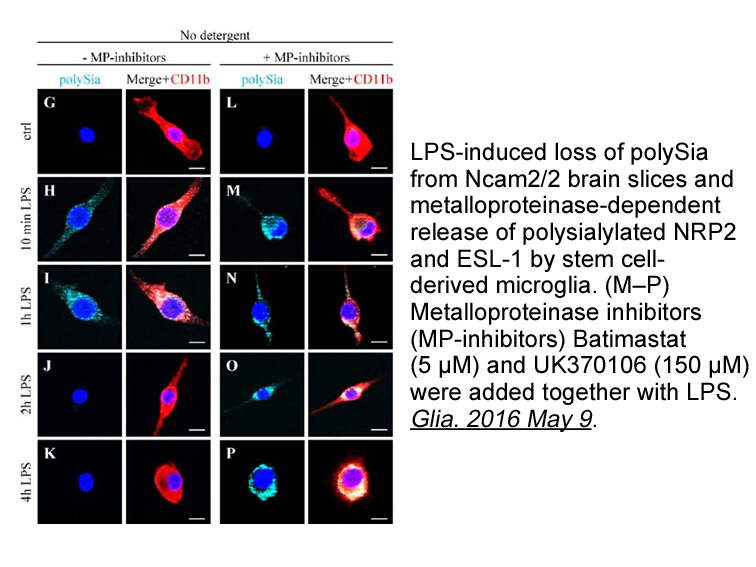
Materials and methods Results Overexpression of KLF2 increased the cell viability and reduced the LDH leakage rate and O2•− and ONOO− generation in H/R HUVEC model. To evaluate the effect of KLF2 on H/R HUVEC injury, KLF2 was overexpressed in HUVECs. Cell viability and extracellular LDH level
16133 records 685/1076 page Previous Next First page 上5页 681682683684685 下5页 Last page